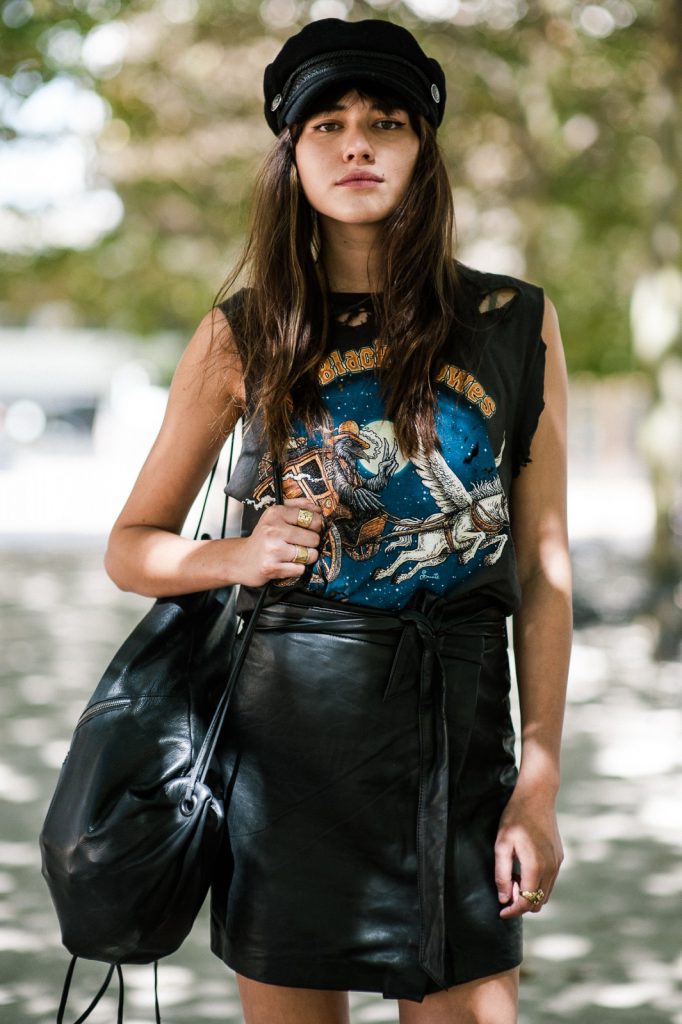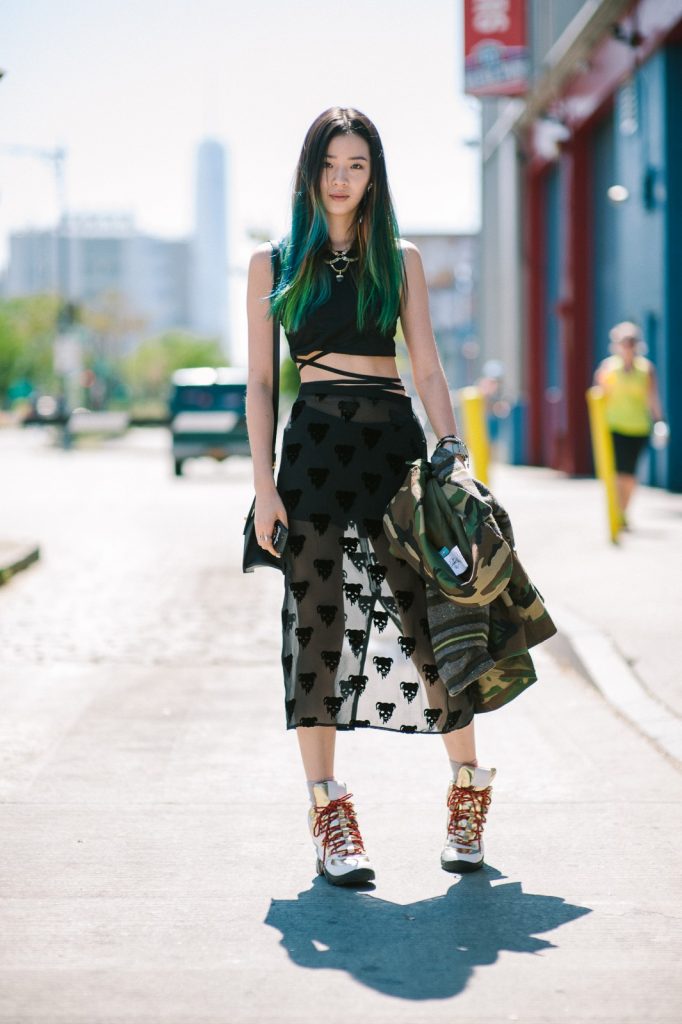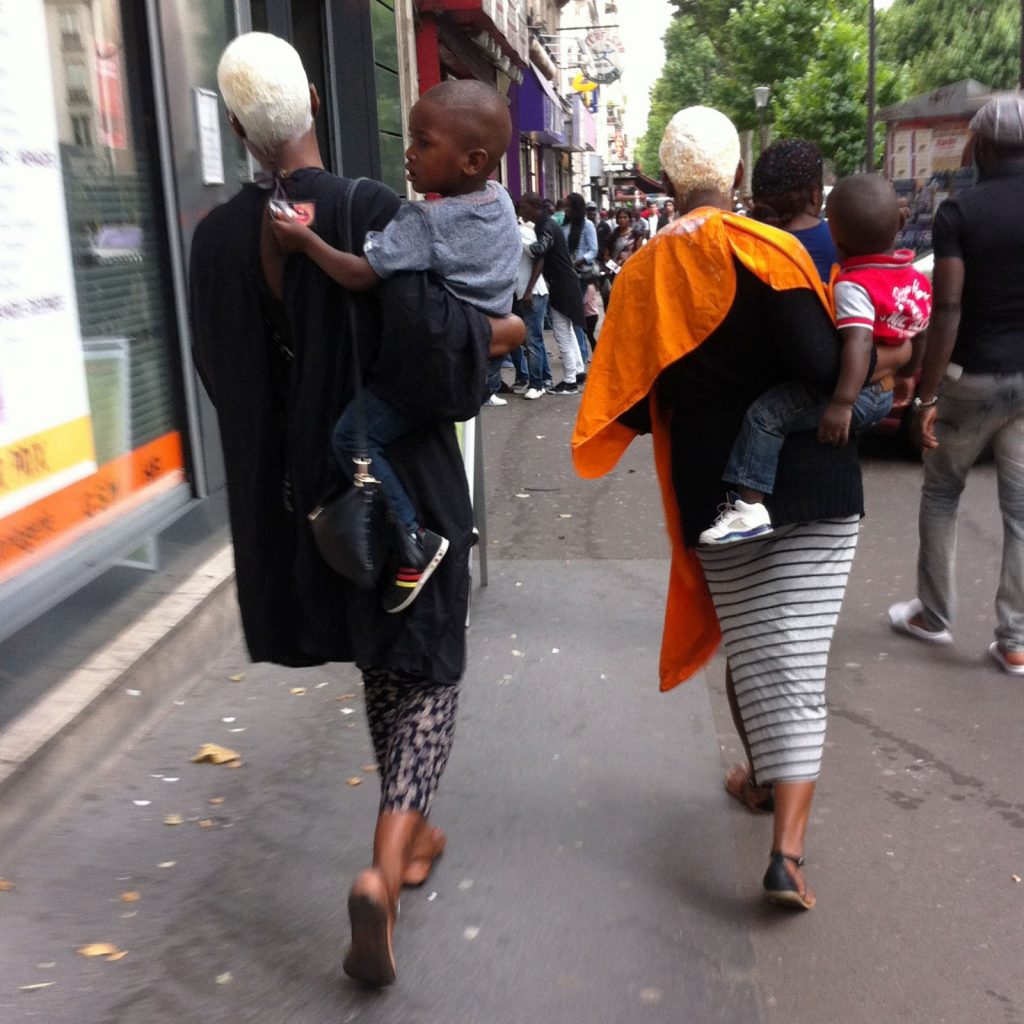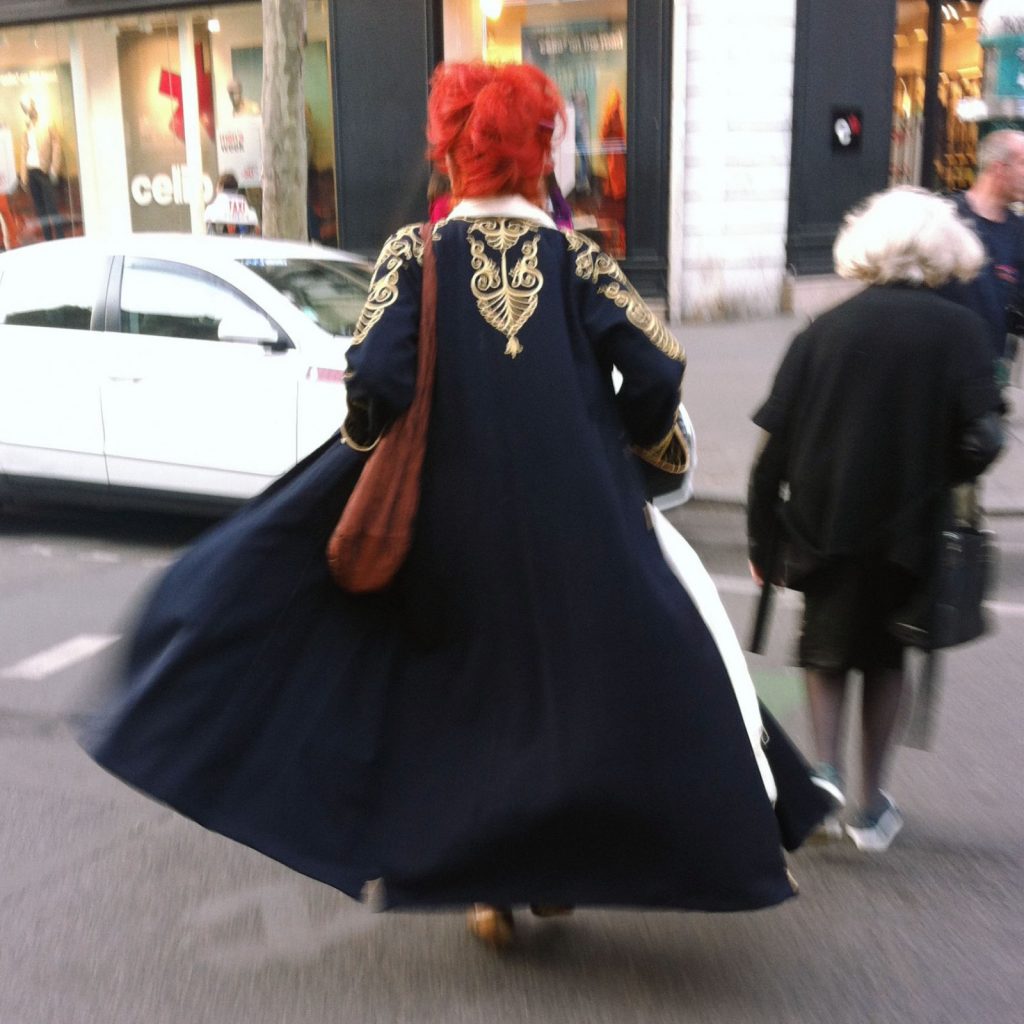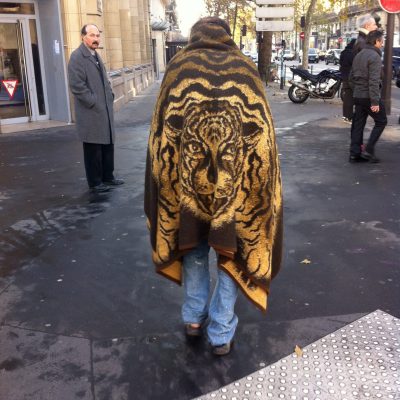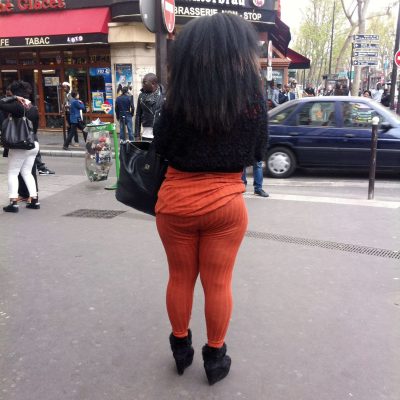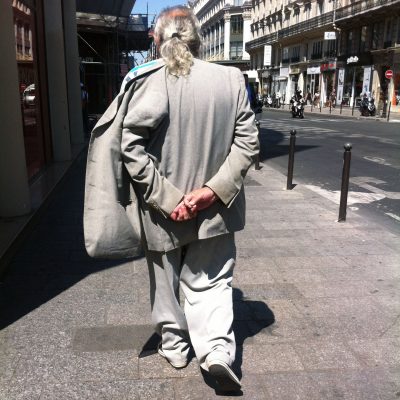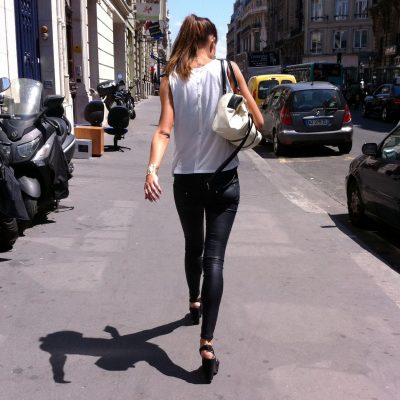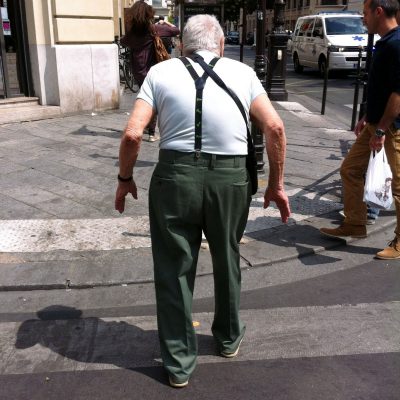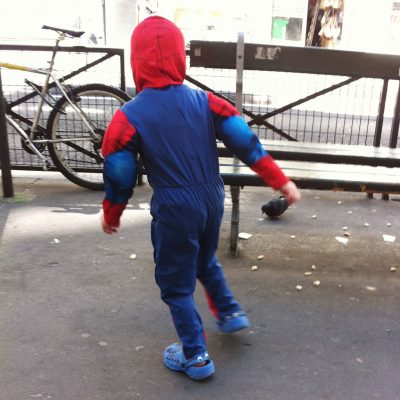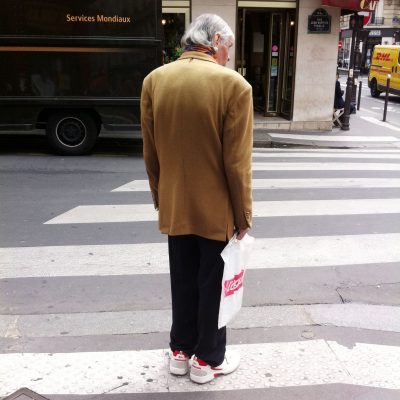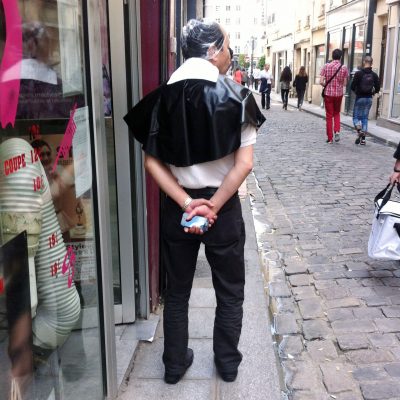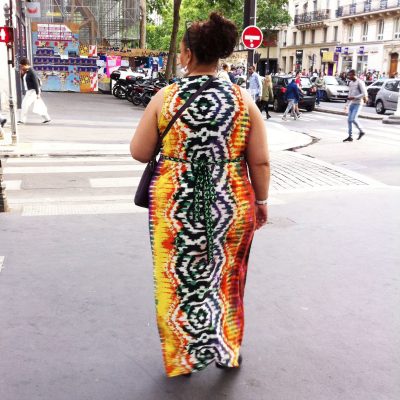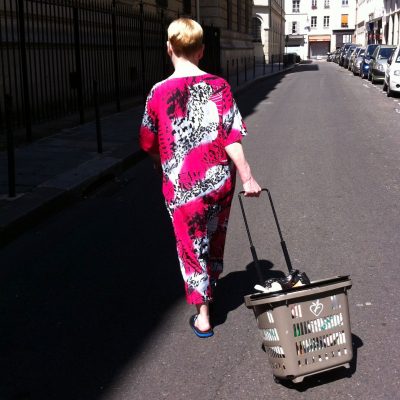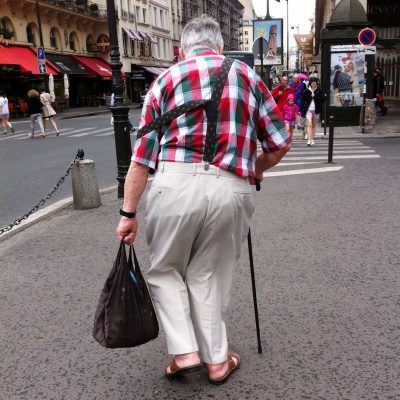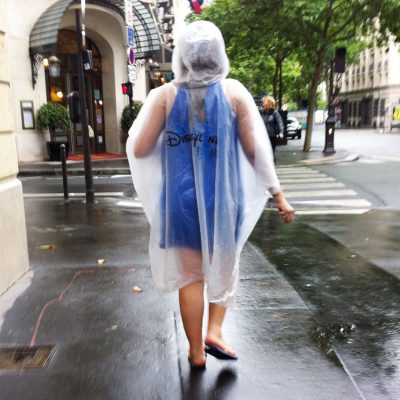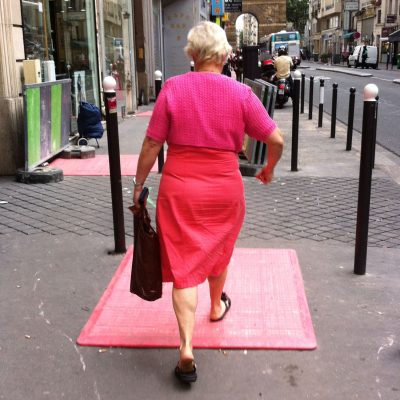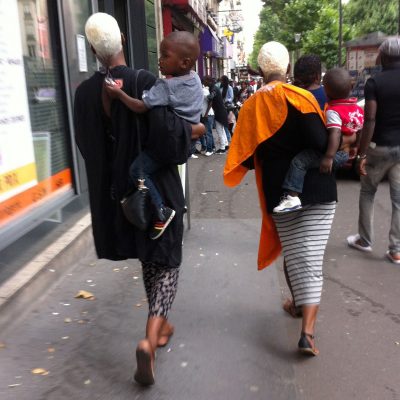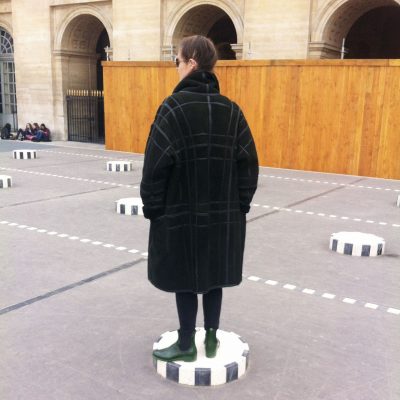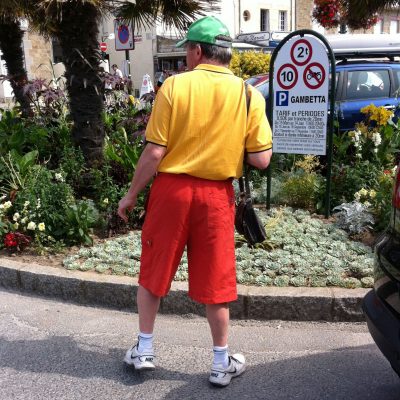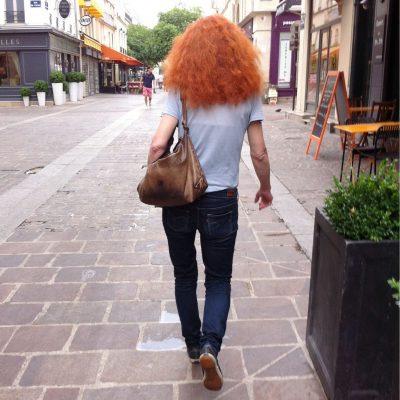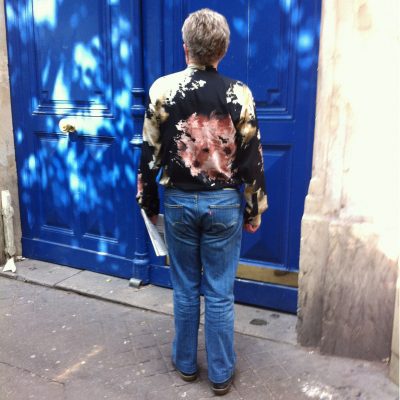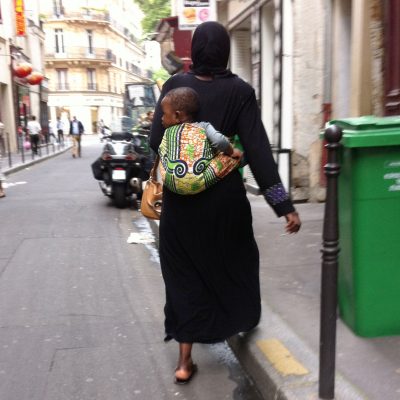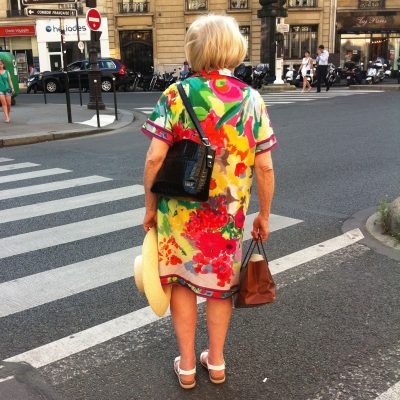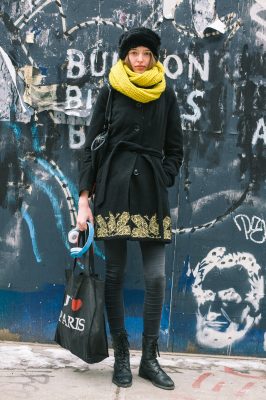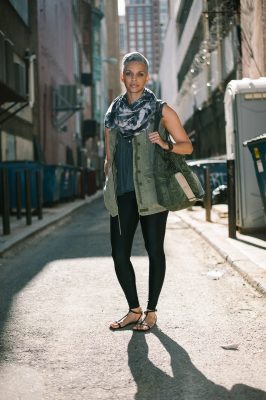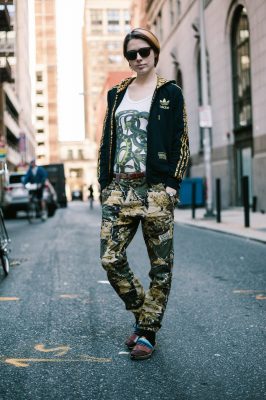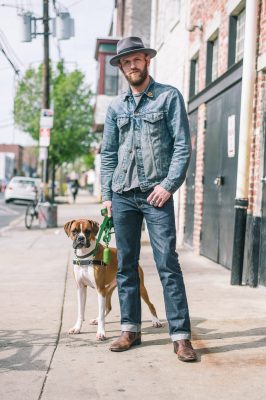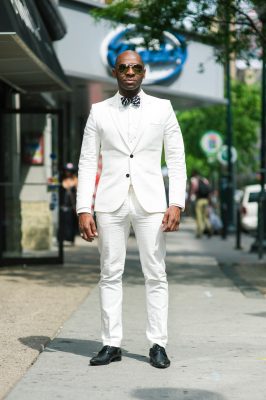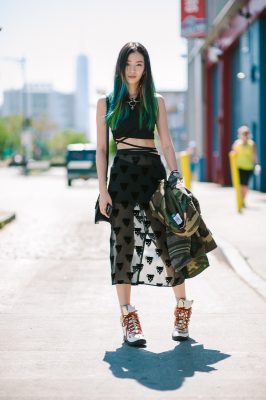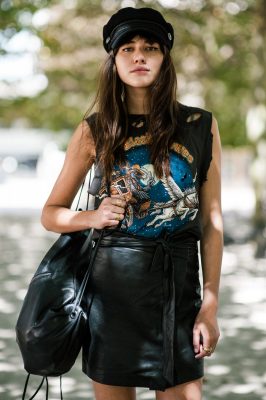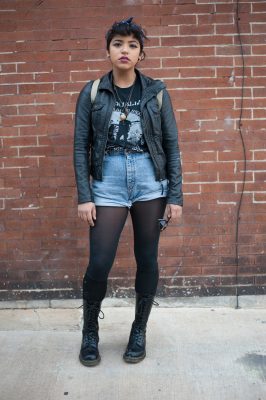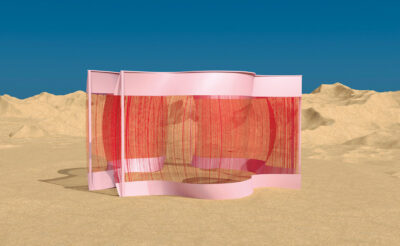In recent years, what we wear is increasingly shaped not by what we see on the catwalks but off it, as street style photography has exploded into a global, viral phenomenon. As it continues to capture more and more followers, the people on the ground are questioning its lack of reality. Now, fashion bloggers are searching for a more appetizing authenticity.
‘Peep Style’ photography, a phrase coined by journalist Morwenna Ferrier last year in the UK’s Guardian newspaper, is a more dissident method to street style photography. With a few key individuals leading the way, the new approach is gaining a great deal of insight and interest from the fashion world and beyond.
For decades Suzy Menkes, world-renowned style editor for the International Herald Tribune (and now Vogue International Editor), became accustomed to her and fellow editors being labelled as the ‘black crows’ as a reference to the head-to-toe black, Japanese-inspired or slightly dour ensembles loved and worn by the old-school fashion elite. In contrast, in 2013 Menkes published an article entitled ‘The Circus of Fashion’ in which she referenced the new street style blogger: ‘Today, the people outside fashion shows are more like peacocks than crows.’ Like something from David Bowie’s Ziggy Stardust period, many cloud their silhouettes in the most unusual, inventive and in-your-face ensembles. It’s extreme fashion, or just plain fun – as long as the main focus is on them. They are an opposing feathered force in their statement heels, look-at-me carefully crafted outfits and fashion friend in tow; and for them, the less-is-more mantra is non-existent. Menkes wasn’t the first to question this lack of authenticity and she won’t be the last.
‘For me, there is so much to look at in someone’s figure that a face is not necessary. It’s distracting. Our backs are our second faces, the ones we can’t hide,’ muses French-American photographer David Luraschi. Dubbed the ‘sartorialist of sadness’ by a friend, Luraschi is leading the way for the evolving genre of ‘peep style’ photography. ‘I personally don’t think my photos are sad but rather reflect a different reality,’ says Luraschi. ‘It’s purely instinctual, I don’t really think – I just take.’ Deliberately capturing his subject matters from behind and then uploading his findings to Instagram, the level of realism is unparalleled by any traditional fashion photographer on the street. ‘I don’t consider myself a fashion photographer and I’m no authority on the history of street style. Perhaps it’s a form of appropriation of fashion by the masses?’ he poses. ‘For me these portraits are figure studies, aesthetics of passers-by. I’ve been photographing people on the street since 2006. When I moved back to Paris last year, my interest widened to all ages and the fact that I use an iPhone to photograph them opened up a whole new world. I can get away with much more now because people are unaware of the camera,’ he says.
Luraschi is one of a growing number of photographers being acknowledged for his more realistic street shots. Referencing each other as photographers to note, a circle of ‘peep style’ aficionados is steadily growing. LA-based photographers Aris Karatarakis and Alkistis Tsitouri started their blog, Streetgeist, in Athens in 2008. With the aim to show off the style of their city, they took to building themselves a platform. ‘I am just looking for interesting people with style. I am never looking for a particular thing, I am letting myself be open and amazed by the possibilities of what I can find,’ says Tsitouri. Similarly, Luraschi looks for real substance, too: ‘I’ve always been interested in characters and realised that they’re an element which remains original and inexhaustible in a city that is overwhemingly photographed.’
Taking to the streets on his bicycle and wearing his iconic blue $5 jacket, Bill Cunningham – the pioneer of street style photography thoughout the 1970s – is still capturing fashion moments to this day. The original street style blogs of the early noughties such as The Sartorialist by Scott Schuman or Phil Oh’s Street Peeper may have been few and far between but can be credited for the popularity of street style blogs today as people continue to lust for this sense of reality. People love to look and see how trends have transcended from the runway onto the street. It’s about finding style inspiration and curbing a certain curiosity for the unknown.
‘Street style was the sidewalk to the industry’s catwalk, the grit to its glamour,’ says anthropologist Brent Luvaas. After discovering street style blogs a few years ago, Luvaas was struck by the similarities between the endeavours of the photographers and his own work as an anthropologist. ‘We both document trends in global fashion as they happen and we both attempt to come to some deeper understanding of the meaning of clothing in peoples’ lives,’ he says. It is through this desire for a deeper understanding that Luvaas started his own blog, Urban Fieldnotes, in 2012, when he started photographing people on the streets of Philadelphia. ‘I’m inspired by people who ooze confidence and self-possession, who just have that little something extra you can’t quite articulate but can recognise from a block away,’ he adds.
Over the past year, the fashion world has watched the Normcore trend emerge – a term invented by New York-based trend forecasters K-Hole to describe less pretentious, utterly conventional and seriously understated outfit choices.The trend has only been further heightened by the sudden influx of summer Birkenstocks (the once world-renowned clunky, dowdy and seriously dull footwear) and Adidas pool sliders (if sport enthusiasts can wear them, so can we). With designers churning out six collections per year and the latest status statement-making accessory only lusted after for six months, this new non-trend maybe the fashion followers’ way of saying we can’t keep up – so we’ll oppose. Does this mean the trendsetters and the photographers are equally bored of the statement-makers and peacocking? So it seems, as blending in is increasingly the new standing out. ‘The problems are in the eye of the beholder and these qualities of ‘real’ representation are present in every art form… spontaneity can be lost when things are over-produced, over thought,’ says Luraschi. In agreement, Luvaas notes: ‘I think street style photography is in a moment of identity crisis. Blogs are largely giving way to micro-blogging media like Instagram and Tumblr.’
However as street style grows, many are questioning its realism. ‘I think street style photography is a victim of its own success,’ says Luvaas. ‘The sidewalks outside fashion shows have become concrete red carpets and as a consequence, street style is getting more boring and predictable. There is nothing ‘real’ about fashion week street style. It is contrived and overtly self-promotional as anything else the fashion industry produces. It ought to be relabelled as ‘off runway’ photography,’ he affirms. ‘Maybe this distaste lies in the overpowering nature of the statement makers, the posers – the ‘peacocks.’ If people dress only with the desire to be photographed, the authenticity is instantly sidelined.
Internationally-acclaimed magazines now pay street style photographers for their images and therein lies a plausible issue: as the popularity of these bloggers rise and magazines buy their work, the readers believe this representation is mirroring reality. ‘Street style blogs have become a significant marketing tool for the fashion industry,’ says Luvaas. ‘They shoot editors, models and street style stars because that’s what the magazine editors want them to shoot. And the people they shoot wear brand-loaned couture unlike anything most people would wear in real life,’ he says. In contrast, Tsitouri sees it as a form of photographical evolution: ‘The whole phenomenon has grown a lot and it has changed accordingly, but I don’t mind that. I’m waiting to see how it will change in the future.’ This backlash against fashion is cyclical: they want to go back to the start – the way it used to be. ‘I have to admit I enjoy looking at it myself and I’ve shot my share of it too for that matter. I just hope there is still a place in street style photography for something more grounded in everyday reality,’ says Luvaas. But where does this leave the future for street style photography? ‘Some photographers, like Gunnar Hämmerle, have returned to their street style roots, eschewing fashion week gloss for grittier, artier fare. Others, like Liisa Jokinen, have just kept on doing what they’re doing – shooting interesting people in as straightforward- a-way as possible. Photographers like them are inspiring a new generation to pick up a camera, hit the streets, and post their images too,’ says Luvaas. Maybe there will always be two halves: the statement-makers outside shows and the realists off the beaten track.
Photographs of street style are captured, shared and continually discussed online on a daily basis. As this small cluster of photographers take to the streets to capture real style, real people and real life moments, its place will in turn be questioned by the industry. Known for creating fantasy out of reality, the world of fashion constantly lusts for the unimaginable and unobtainable – the desire for realism is firmly pushed to the background. Photographing reality is grittier and usually reflects a true sense of style and self – nothing is contrived. ‘If you’re patient enough I believe you can produce a good photo with anyone,’ says Luraschi. Taking shots outside of shows is instant, but the real hunters have to be patient and wait to capture a moment – that is precious.
